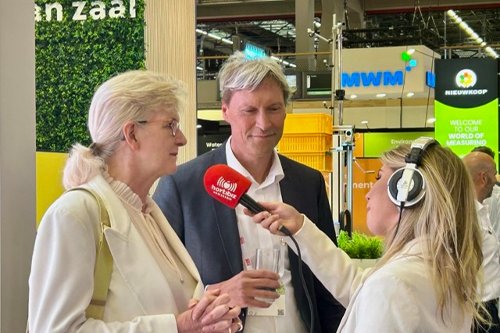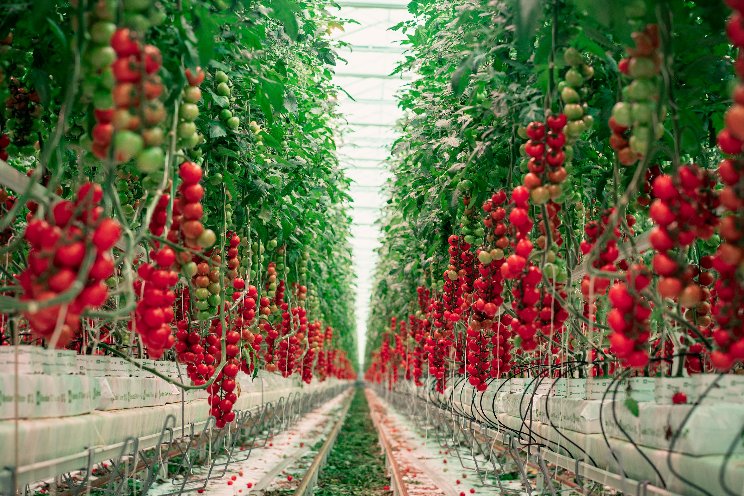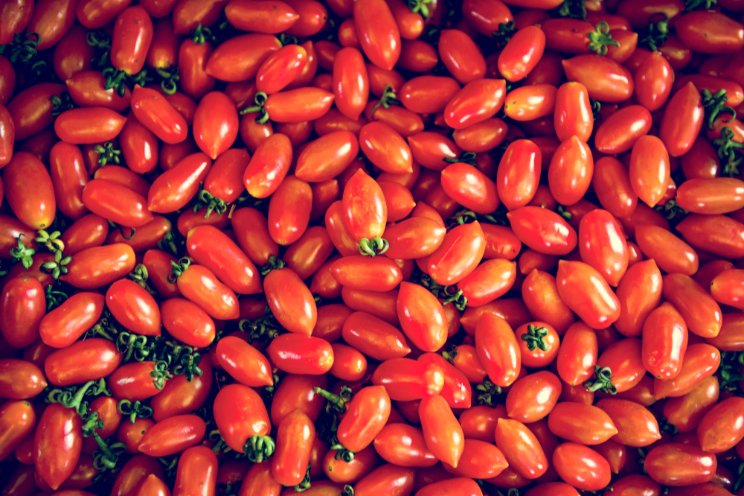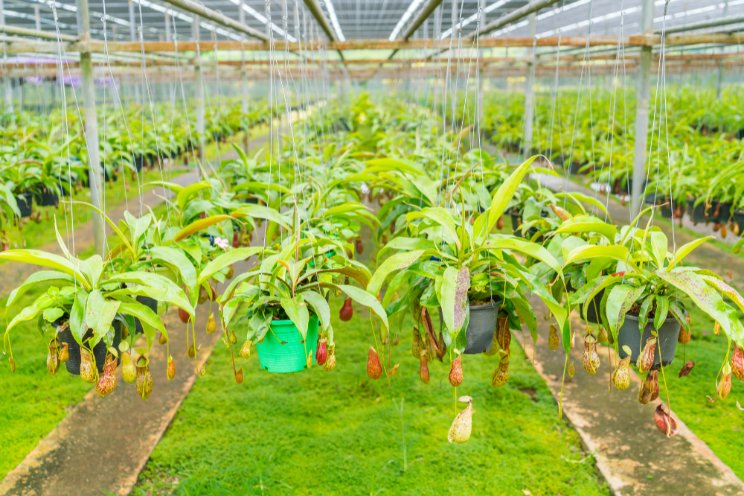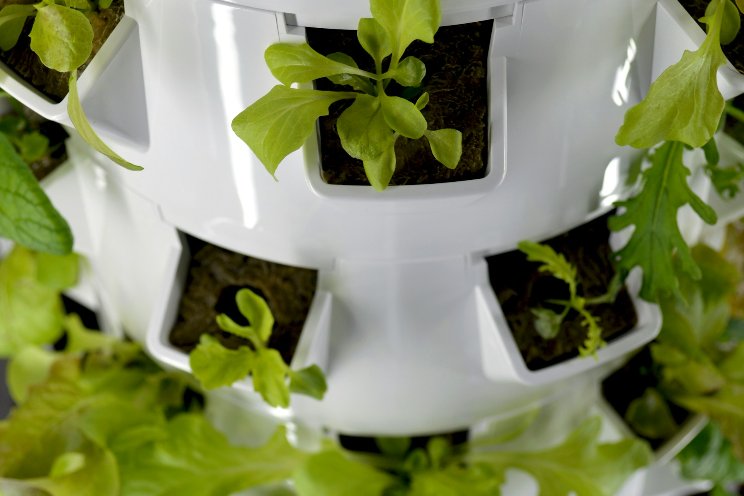4 questions | Biocontrol in the greenhouse
Added on 25 February 2020
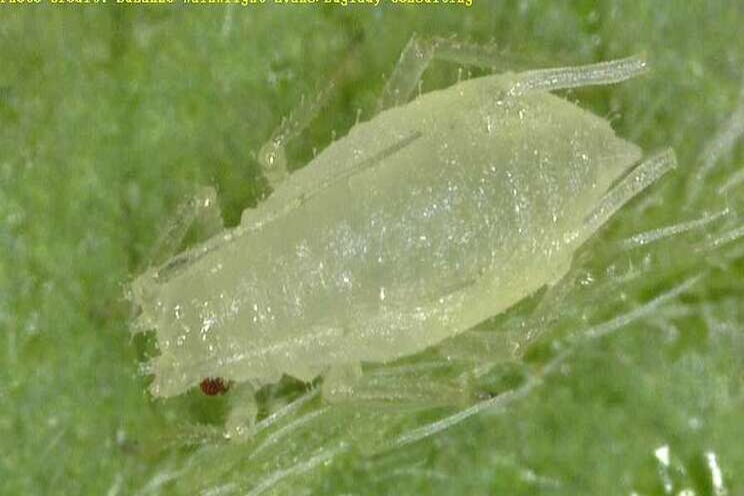
Suzanne Wainwright Evans, Owner of Buglady Consulting, has been at the forefront of biocontrol adoption in the greenhouse for nearly three decades. As a prelude to the upcoming Biocontrols USA Conference & Expo, where she'll be speaking again in 2020, we caught up with her to talk about some of the pressing issues in biological control in the greenhouse.
Q: What's the biggest issue you're seeing in how ornamentals growers are using biologicals in the greenhouse these days?
Wainwright Evans: Pesticide compatibility with beneficials is a big thing to be watching because we're getting more information about this. There's a lot of research happening, especially with microbials. We're getting more microbial products on the market — for example, BASF now has Velifer and BioSafe has had BioCeres for a while — so understanding their interactions with macro beneficials and how they can all work together is something growers are very interested in these days.
Q: You're in greenhouses all over the country all the time. What pests do you have your eye on as we head into spring 2020?
Wainwright Evans: It's going to be very interesting. We have no idea what's going to happen to the pests because we've had such a mild winter in much of the country so far. But tonight, it's supposed to drop to the single digits [here in Pennsylvania]. So, I don't know what's going to happen this year. Either the warm winter is going to knock a lot of these pests out or it could be that some of them are going to overwinter well.
But I think aphids are the ones to watch in ornamentals, especially the potato aphid. We keep seeing them pop up. I think people are so focused on managing smaller aphid species they forget about potato aphids and they seem to keep creeping up and catching ornamental people off-guard. Keep an eye out for them, and just aphids in general.
Q: Biocontrol use has been fairly widespread in ornamentals for a while now, but it's playing a really important role in greenhouse cannabis because there aren't as many traditional pest management options for these growers. Unfortunately, because this is all so new, it can be hard for cannabis growers to know what information to trust. You and some of our other speakers will be getting into this in depth in the Cannabis track at the Biocontrols USA Conference in March. What kind of stuff will you be covering?
Wainwright Evans: What I think is so great about this track at the show this year is we're going to be hearing firsthand from people like Tad Hussey from KIS Organics and Justin Magill from Legit Cannabis North, who have lived through this in the cannabis industry. They have learned the value of understanding the science and making decisions based on that. Tad definitely has gone down that road. He maybe didn't always know how to vet information in the beginning, but over time he was really open to learning more, developing a healthy skepticism about the tools and claims that are sometimes out there. His personal experiences are going to make this a very interesting session.
So, we will hear from Tad and Justin, and then I will provide information on a really important pest, the cannabis aphid. It has been a real challenge for growers this past year. There will be an update on what we currently know and management strategies that can be used to help keep this pest in check.
Q: You'll also be teaching a workshop at the end of the show on Managing Cannabis Pests with Biocontrol. What are some of the innovative angles you're bringing to that session this year?
Wainwright Evans: There's going to be a lot of practical information, from collecting samples and taking photos, to learning how to test microbial products for viability and then applying them correctly in cannabis crops.
We are going to get into some of the tools and resources that are available. I will show how you can buy media plates online for microbial testing that are all ready to go - you don't have to make them yourself. And we'll get into detail on insect collecting. Unless you went to school for entomology, a lot of times people don't really know how to do that. We'll talk about how you can take great digital photos very affordably.
And there's some great new technology available that doesn't cost a fortune and can give you really valuable information. For example, there are now small, 1-inch square sensors you can hang in the plant canopy that give you a much more accurate reading of the temperature and humidity where the pests and beneficials live. You can track the information on your phone and be able to know the real environmental conditions in the plant canopy. These kinds of tools are newer to our industry and can help you make much better decisions in your pest management program.
Learn more about these sessions at the Biocontrols USA Conference & Expo, and register to attend here.
Source: Greenhouse Grower
Photo by Suzanne Wainwright-Evans/Buglady Consulting
Source: Greenhouse Grower
More news









